Joyce M. Szabo - Reimagining History from an Indigenous Perspective: The Graphic Work of Floyd Solomon
Here you can read online Joyce M. Szabo - Reimagining History from an Indigenous Perspective: The Graphic Work of Floyd Solomon full text of the book (entire story) in english for free. Download pdf and epub, get meaning, cover and reviews about this ebook. year: 2022, publisher: University of New Mexico Press, genre: Home and family. Description of the work, (preface) as well as reviews are available. Best literature library LitArk.com created for fans of good reading and offers a wide selection of genres:
Romance novel
Science fiction
Adventure
Detective
Science
History
Home and family
Prose
Art
Politics
Computer
Non-fiction
Religion
Business
Children
Humor
Choose a favorite category and find really read worthwhile books. Enjoy immersion in the world of imagination, feel the emotions of the characters or learn something new for yourself, make an fascinating discovery.
- Book:Reimagining History from an Indigenous Perspective: The Graphic Work of Floyd Solomon
- Author:
- Publisher:University of New Mexico Press
- Genre:
- Year:2022
- Rating:5 / 5
- Favourites:Add to favourites
- Your mark:
Reimagining History from an Indigenous Perspective: The Graphic Work of Floyd Solomon: summary, description and annotation
We offer to read an annotation, description, summary or preface (depends on what the author of the book "Reimagining History from an Indigenous Perspective: The Graphic Work of Floyd Solomon" wrote himself). If you haven't found the necessary information about the book — write in the comments, we will try to find it.
Few contemporary artists before the 1990s explored the negative impact of the Spanish in the Southwest, but unreflective celebrations of the Columbus Quincentennial brought about portrayals of a more complicated legacy of Columbuss arrival in the Americasespecially by Indigenous artists. Through a series of etchings, Floyd Solomon of Laguna and Zuni heritage undertook a visual recounting of Pueblo history using Indigenous knowledge positioned to reimagine a history that is known largely from non-Native records. While Solomon originally envisioned more than forty etchings, he ultimately completed just twenty. From nightmarish visions of the Spanish that preceded their arrival to the subsequent return of the Spanish and their continuing effects on the Pueblo people, Solomon provides a powerful visual record. These insightful, probing etchings are included in this important full-color volume showcasing Solomons work and legacy. In Reimagining History from an Indigenous Perspective, Joyce M. Szabo positions Solomon among his contemporaries, making this vibrant artist and his remarkable vision broadly available to audiences both familiar with his work and those seeing it for the first time.
|Few contemporary artists before the 1990s explored the negative impact of the Spanish in the Southwest, but unreflective celebrations of the Columbus Quincentennial brought about portrayals of a more complicated legacy of Columbuss arrival in the Americasespecially by Indigenous artists. Through a series of etchings, Floyd Solomon of Laguna and Zuni heritage undertook a visual recounting of Pueblo history using Indigenous knowledge positioned to reimagine a history that is known largely from non-Native records. While Solomon originally envisioned more than forty etchings, he ultimately completed just twenty. From nightmarish visions of the Spanish that preceded their arrival to the subsequent return of the Spanish and their continuing effects on the Pueblo people, Solomon provides a powerful visual record. These insightful, probing etchings are included in this important full-color volume showcasing Solomons work and legacy. In Reimagining History from an Indigenous Perspective, Joyce M. Szabo positions Solomon among his contemporaries, making this vibrant artist and his remarkable vision broadly available to audiences both familiar with his work and those seeing it for the first time.
Joyce M. Szabo: author's other books
Who wrote Reimagining History from an Indigenous Perspective: The Graphic Work of Floyd Solomon? Find out the surname, the name of the author of the book and a list of all author's works by series.

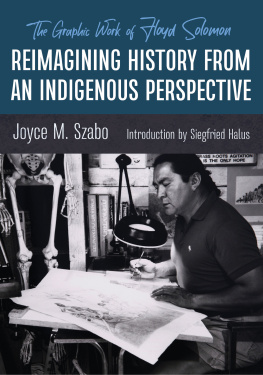
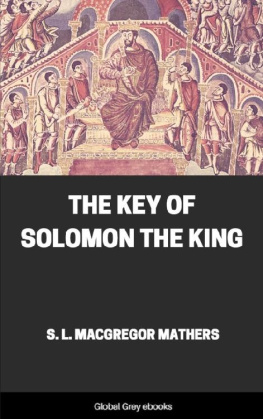
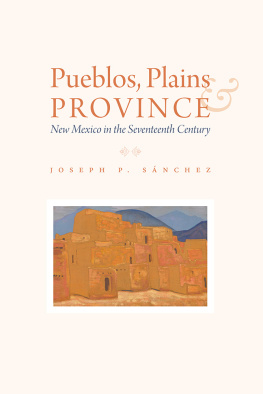
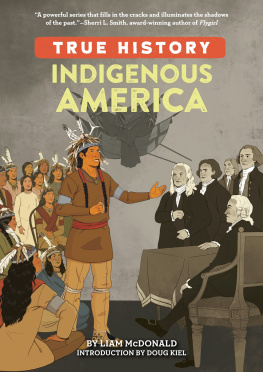
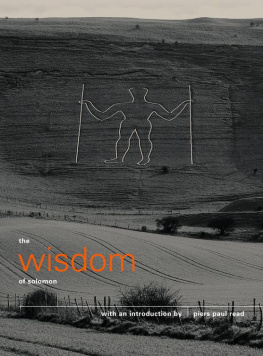

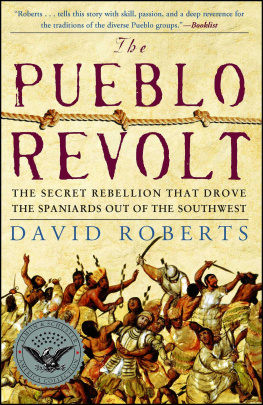
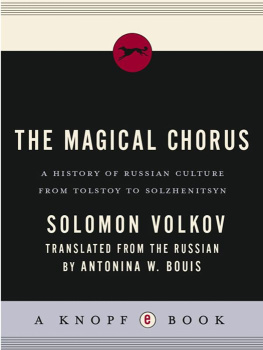
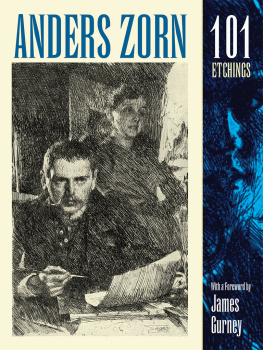

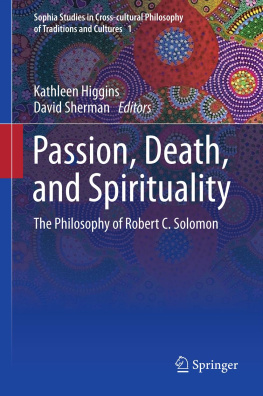

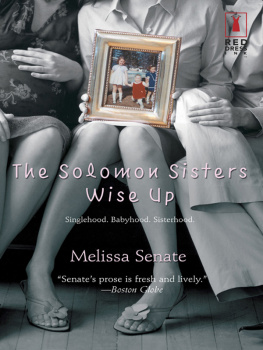

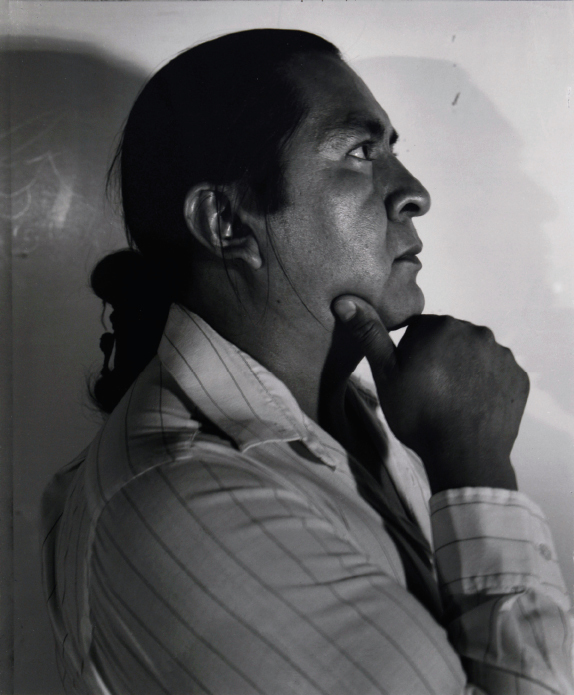
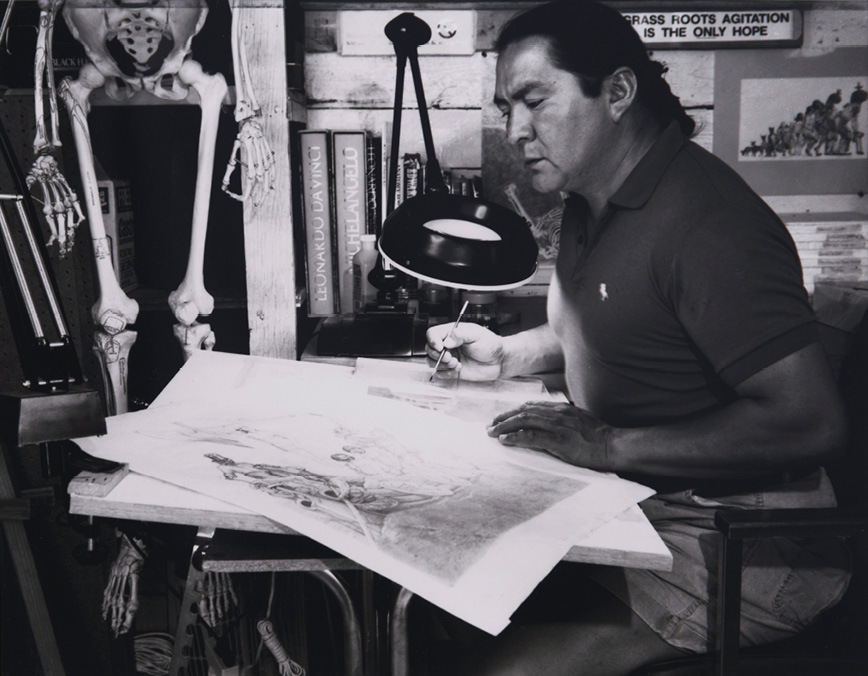
 12 in. Siegfried Halus, courtesy of Maximilian Halus.
12 in. Siegfried Halus, courtesy of Maximilian Halus.